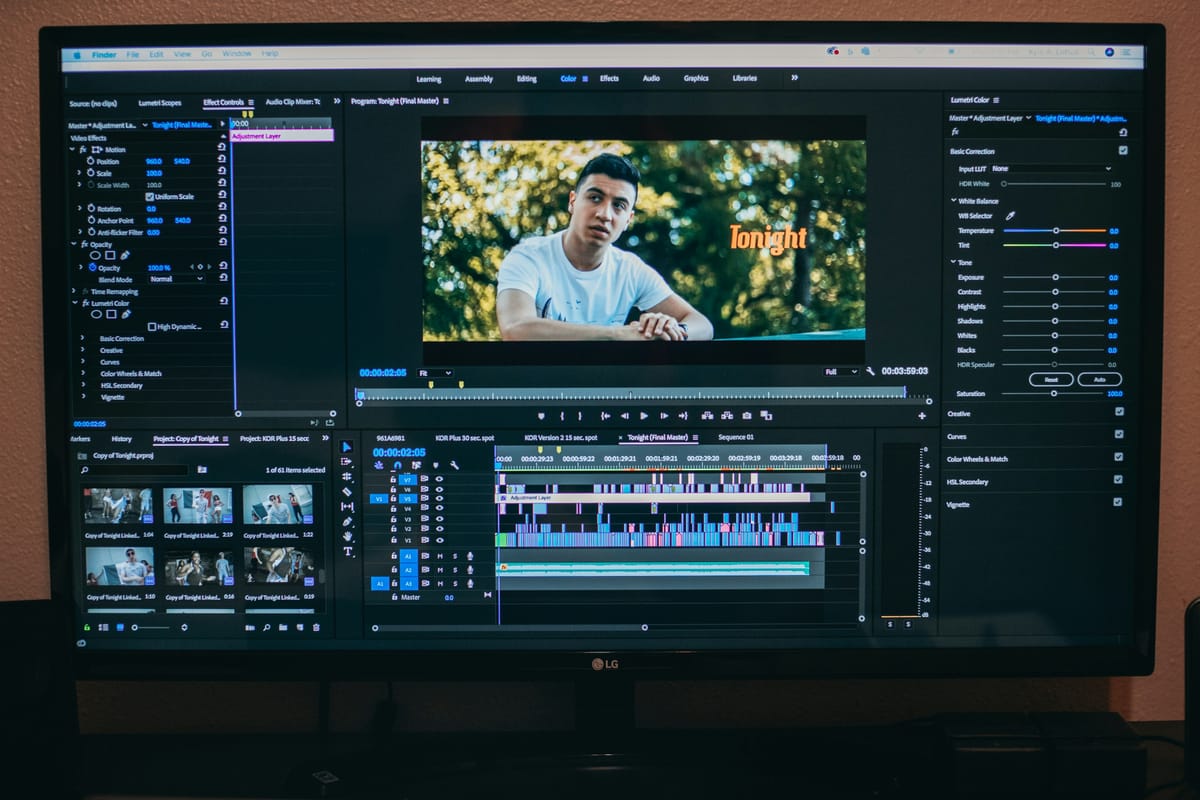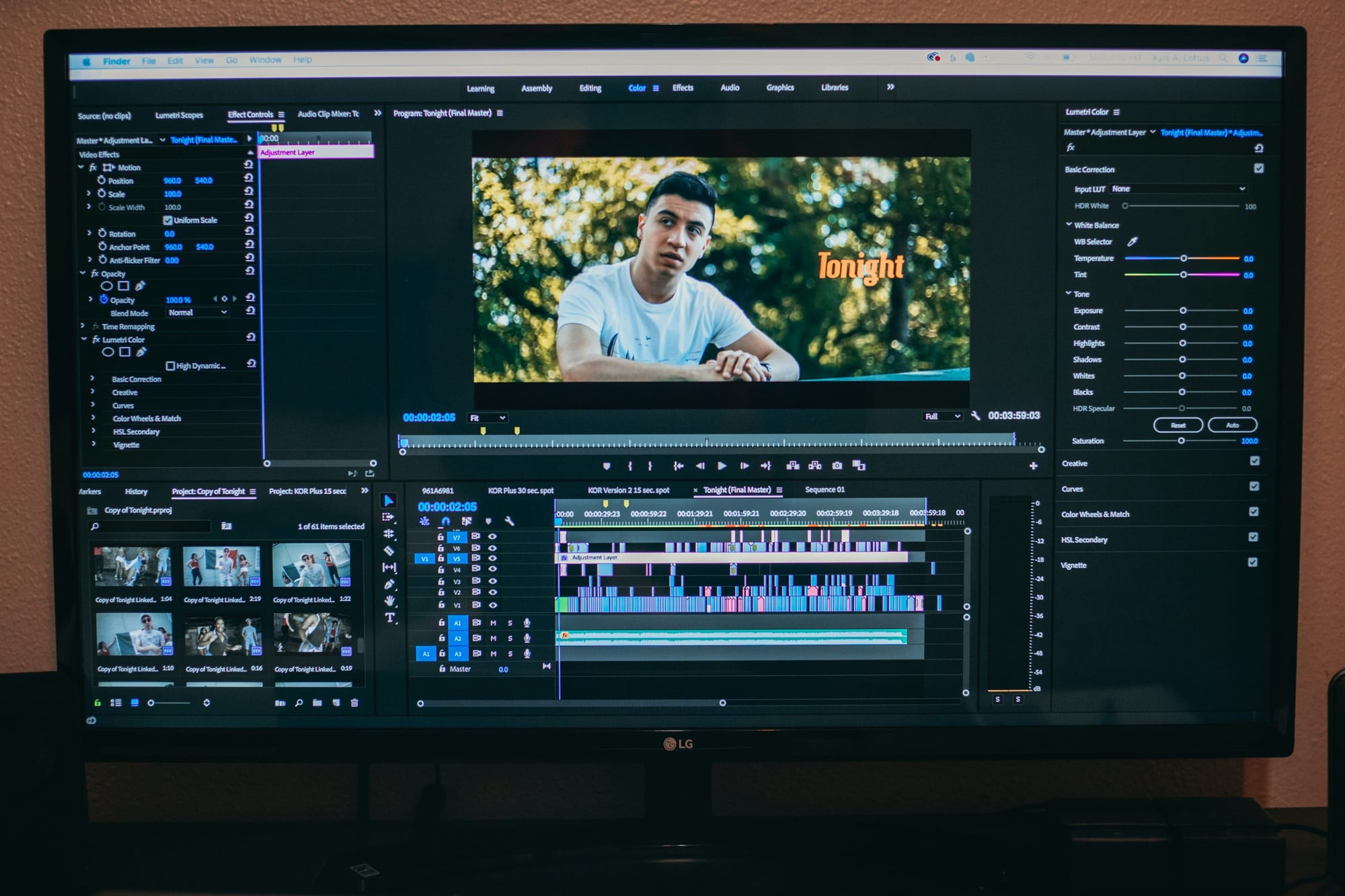Subtitles vs. Closed Captions: The Differences
In the digital age, video content is a powerful tool for communication, entertainment, and education.


Key Takeaways
- Subtitles translate dialogue for viewers who can hear but may not understand the language spoken in the video.
- Closed captions provide a transcription of dialogue and descriptions of non-speech elements like sound effects and music cues for deaf or hard-of-hearing viewers.
- A lesser-known fact about closed captions is the use of color-coding to indicate different speakers, enhancing comprehension in multi-speaker environments.
- Adding subtitles and closed captions to YouTube videos involves uploading the video, accessing the subtitles editor, adding and synchronizing the text, and then publishing.
- Tools like YouTube Studio, Rev, and Subtitle Workshop can be used to create and add subtitles and closed captions effectively.
In the digital age, video content is a powerful tool for communication, entertainment, and education. As creators strive to make their content accessible to all audiences, understanding the differences between subtitles and closed captions is crucial. While many people use these terms interchangeably, they serve distinct purposes and cater to different needs.
The Fundamental Differences Between Subtitles and Closed Captions
Subtitles
Subtitles are textual representations of the spoken parts of a video, typically displayed at the bottom of the screen. They are designed for viewers who can hear but may not understand the language spoken in the video. Subtitles translate dialogue and sometimes relevant non-verbal sounds or speaker identifiers, but they do not include detailed descriptions of background sounds or music cues.
Closed Captions
Closed captions, on the other hand, are designed for viewers who are deaf or hard of hearing. They provide not only a transcription of the dialogue but also a description of non-speech elements such as sound effects, speaker identification, and music cues. Closed captions are usually indicated by the "CC" symbol and can be turned on or off by the viewer, whereas subtitles may be embedded directly into the video.
An Interesting Fact: Color-Coded Captions
An intriguing aspect of closed captions that many are unaware of is the use of color-coding to indicate different speakers. This practice is not universally applied but is particularly beneficial in multi-speaker environments, making it easier for viewers to distinguish between speakers without additional tags. This feature significantly enhances comprehension for those relying on captions, yet it remains a lesser-known benefit among casual viewers.
The Importance of Subtitles and Closed Captions
Ensuring your content is accessible through subtitles and closed captions is not just about compliance with legal requirements but also about reaching a broader audience. By including these features, you cater to:
- Non-native speakers: Subtitles help people who do not speak the video's language fluently.
- Deaf and hard-of-hearing individuals: Closed captions provide a comprehensive viewing experience.
- Situational viewers: People in environments where audio cannot be played aloud can still follow the content.
- SEO benefits: Transcripts and captions can improve your video's searchability and ranking on platforms like YouTube.
How to Add Subtitles and Closed Captions to Your YouTube Videos
Creating YouTube videos with subtitles and closed captions can enhance engagement and accessibility. Here’s a step-by-step guide on how to do it:
Step 1: Upload Your Video
- Sign in to YouTube: Log in to your YouTube account.
- Upload video: Click on the camera icon with a "+" sign in the top-right corner and select "Upload video."
- Follow the prompts: Choose the video file from your computer and follow the prompts to upload it.
Step 2: Access the Subtitles Editor
- Navigate to YouTube Studio: After uploading, go to YouTube Studio.
- Select your video: Click on "Content" in the left sidebar, and then select the video you want to add subtitles or captions to.
- Open Subtitles tab: In the video details, click on the "Subtitles" tab.
Step 3: Add Subtitles or Closed Captions
- Choose language: Select the language for your subtitles or captions.
- Add new subtitles or CC: Click on "Add" under the "Subtitles" section.
- Create manually or upload a file: You can either upload a prepared subtitle file (like .srt or .sub) or type them manually using YouTube’s subtitle editor.
Step 4: Edit and Synchronize
- Edit text: Type your subtitles or captions in the text boxes.
- Synchronize timing: Adjust the timing to match the audio. YouTube’s editor allows you to drag the text to sync perfectly with the video.
Step 5: Review and Publish
- Preview: Play the video to preview how the subtitles or captions appear.
- Make adjustments: Make any necessary changes to ensure accuracy and synchronization.
- Publish: Once satisfied, click "Publish."
Building a Community Around Your YouTube Channel
Subtitles and closed captions are a fantastic way to make your content more inclusive, but building a community around your YouTube channel requires consistent effort and engagement. Here are some steps to foster a loyal audience:
Step 1: Define Your Niche
- Identify your passion: Choose topics you are passionate about and knowledgeable in.
- Research your audience: Understand the interests and needs of your potential viewers.
Step 2: Create Quality Content
- Plan your content: Develop a content calendar with regular posting schedules.
- Invest in good equipment: Use quality cameras and microphones to produce high-quality videos.
- Edit professionally: Spend time editing your videos to ensure they are engaging and well-structured.
Step 3: Optimize for SEO
- Keyword research: Use tools like Google Keyword Planner to find relevant keywords.
- Optimize titles and descriptions: Include keywords naturally in your video titles and descriptions.
- Use tags: Add relevant tags to improve searchability.
Step 4: Engage with Your Audience
- Respond to comments: Regularly reply to comments on your videos to show appreciation and foster interaction.
- Ask for feedback: Encourage viewers to provide feedback and suggestions.
- Create community posts: Use YouTube’s Community tab to post updates, polls, and behind-the-scenes content.
Step 5: Collaborate with Others
- Partner with other creators: Collaborate with other YouTubers in your niche to reach a wider audience.
- Guest appearances: Invite guests to feature in your videos or appear on other channels.
Step 6: Promote Your Channel
- Social media: Share your videos on social media platforms to increase visibility.
- Email newsletters: Build an email list and send regular updates to subscribers.
- SEO and marketing tools: Utilize tools like TubeBuddy or VidIQ to enhance your channel's performance.
Step 7: Analyze and Adapt
- Monitor analytics: Use YouTube Analytics to track performance metrics like views, watch time, and audience retention.
- Adjust strategies: Based on analytics, refine your content and strategies to better meet audience preferences.
Tools for Creating Subtitles and Closed Captions
Several tools can help you create and add subtitles and closed captions to your videos. Here are three popular options:
YouTube Studio
How to use it:
- Upload your video to YouTube.
- Access the Subtitles tab in YouTube Studio.
- Add and edit subtitles or closed captions directly in the editor.
Benefits: It's free and integrated into the YouTube platform, making it convenient for creators.
Rev
How to use it:
- Upload your video file to Rev's website.
- Choose between human transcription or automatic captions.
- Download the subtitle or caption file and upload it to your video platform.
Benefits: Offers high accuracy with human transcription services and supports multiple languages.
Subtitle Workshop
How to use it:
- Download and install Subtitle Workshop on your computer.
- Open your video file in the software.
- Create and edit subtitles manually, then save the file in the desired format.
Benefits: Provides a range of editing tools and supports various subtitle formats.
FAQs
Q: What is the main difference between subtitles and closed captions?
A: Subtitles are designed for viewers who can hear but need translations of the dialogue, while closed captions are for viewers who are deaf or hard of hearing, including descriptions of non-speech elements.
Q: Can I use both subtitles and closed captions on the same video?
A: Yes, you can include both to cater to a wider audience, providing translations and detailed audio descriptions.
Q: Are subtitles and closed captions mandatory for all videos?
A: While not mandatory for all videos, they are highly recommended for accessibility and can be required by law in some regions or for specific types of content.
Q: How does color-coding in closed captions help viewers?
A: Color-coding can distinguish different speakers, making it easier for viewers to follow conversations in multi-speaker environments.
Q: Which tool is best for creating subtitles and closed captions?
A: The best tool depends on your needs. YouTube Studio is great for integration, Rev offers high accuracy, and Subtitle Workshop provides extensive editing features.
Billionviews.ai is a video editor recruiting platform. Discover video editors who can meet your style preferences, budget, and deadlines. Once you post a job, applicants are rated based on their samples. Post your job on Billionviews.ai today for free!


